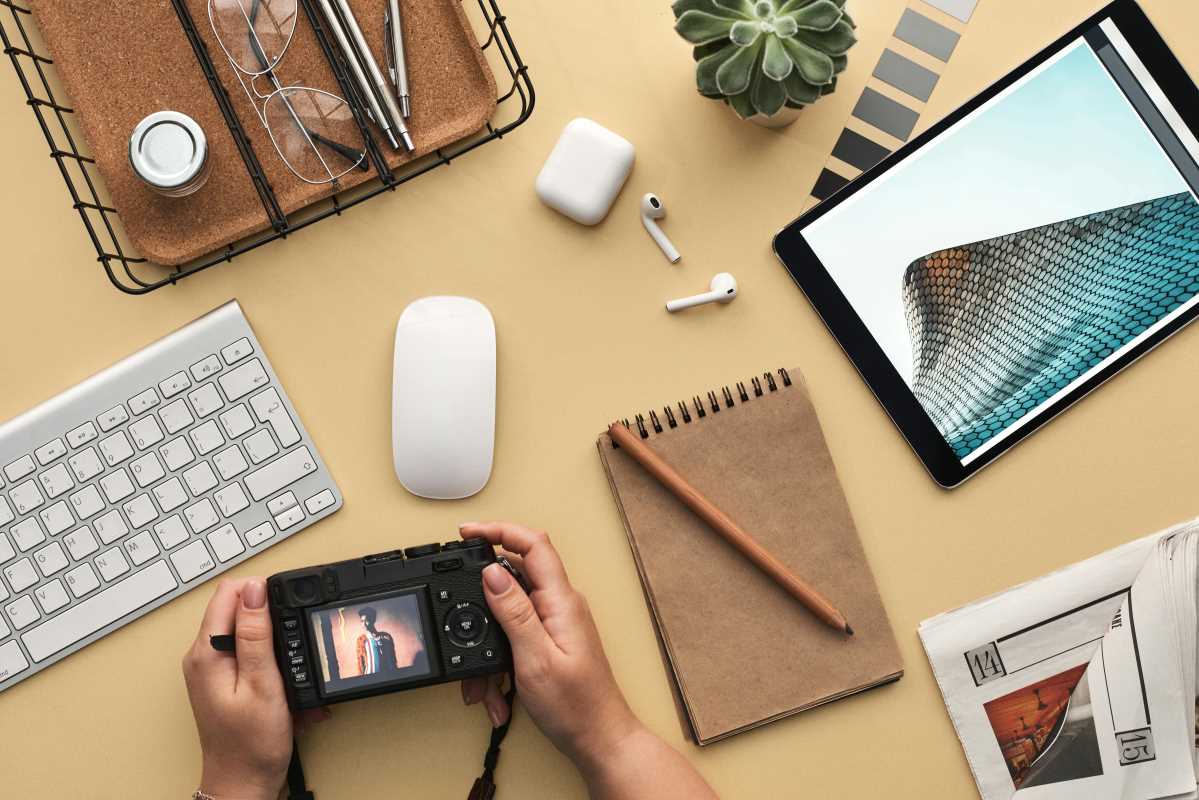Embarking on building an art collection is an exciting and deeply rewarding experience. Whether a passionate art enthusiast or a curious novice, collecting art allows you to immerse yourself in creativity, connect with diverse cultures, and express your style. Each piece you select tells a story, reflecting your evolving tastes and interests. However, starting an art collection requires more than enthusiasm; it involves research, planning, and understanding the art market. This guide offers essential tips, practical strategies, and insights to help you navigate the process confidently and create a meaningful collection that resonates with you.
Understanding Your Preferences
Art is deeply personal, and discovering what resonates with you is the foundation of your collection.
- Explore Different Styles: Visit galleries, museums, and online platforms to familiarize yourself with various artistic styles, such as realism, abstraction, or impressionism.
- Identify Mediums You Love: Paintings, sculptures, photographs, and mixed media all offer unique ways to experience art. Decide which mediums captivate you most.
- Reflect on Emotional Connection: Choose pieces that evoke emotions or memories. For instance, a vibrant abstract painting might bring energy to a room, while a serene landscape could offer tranquility.
Tip: Create a mood board of artworks or styles that inspire you to clarify your preferences.
Setting a Budget
Art collecting doesn’t have to be reserved for the wealthy. Setting a clear budget can help you stay within your means while enjoying the process.
- Start Small: Begin with affordable works by emerging artists or prints of well-known pieces.
- Establish a Spending Range: Decide on an upper limit for each piece to avoid overspending.
- Think Long-Term: Treat art as an investment in joy and creativity rather than focusing solely on potential financial returns.
Example: Local art fairs and student exhibitions are excellent places to find budget-friendly, original art.
Exploring Variety in Your Collection
Diversity adds richness and character to your collection.
- Support Emerging Artists: New artists often create innovative, thought-provoking work at accessible prices.
- Blend Styles: Mix traditional and contemporary pieces for a dynamic collection.
- Seek Cultural Representation: Include art from different cultures to reflect a global perspective.
Pro Tip: Use online marketplaces like Saatchi Art or Etsy to discover various artists and styles.
Educating Yourself About Art
Knowledge enhances appreciation and confidence in your collecting journey.
- Attend Events: Visit gallery openings, art fairs, and auctions to stay informed about trends and discover new talent.
- Read About Art: Books, blogs, and magazines can provide insights into art history, styles, and artist biographies.
- Engage with Experts: Conversations with gallery owners, curators, and collectors can offer valuable guidance.
Example: Attending an exhibition on modern art can introduce you to techniques and themes that resonate with your tastes.
Building Relationships in the Art World
Connecting with the art community enriches your experience.
- Collaborate with Galleries: Build trust with galleries to receive recommendations tailored to your preferences.
- Join Collectors’ Circles: Networking with other collectors can provide inspiration and access to exclusive opportunities.
- Engage with Artists: Visiting studios or attending artist talks offers a deeper understanding of the creative process.
Tip: Participating in local art clubs can connect you with like-minded individuals.
Displaying Your Collection
Showcasing your art is as important as acquiring it.
- Plan Your Layout: Consider wall space, lighting, and flow when arranging artwork.
- Invest in Framing: High-quality frames protect and enhance the presentation of your pieces.
- Create Focal Points: Highlight standout pieces in prominent areas of your home.
Example: Use adjustable track lighting to emphasize textures and colors in paintings.
Maintaining and Growing Your Collection
Caring for your art ensures its longevity and value.
- Protect from Damage: Keep pieces away from direct sunlight, humidity, and fluctuating temperatures.
- Document Your Collection: Maintain records of purchase dates, artist names, and certificates of authenticity.
- Expand Gradually: Let your collection grow organically, adding pieces that resonate with you over time.
Pro Tip: Rotate displayed pieces periodically to refresh your space and showcase more of your collection.
Building an art collection involves discovery, creativity, and personal expression. By understanding your preferences, setting a budget, exploring diverse works, and engaging with the art community, you can curate a collection that reflects your unique taste. Remember, collecting art isn’t just about ownership; it’s about connecting with the stories and emotions behind each piece. Enjoy the process, and let your passion for art guide you toward a collection that will bring you inspiration and joy for years.
 (Image via
(Image via





